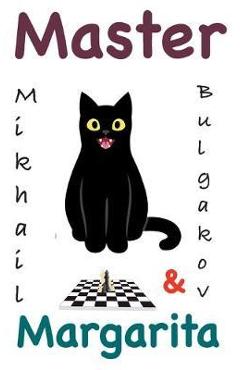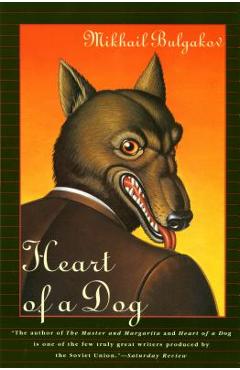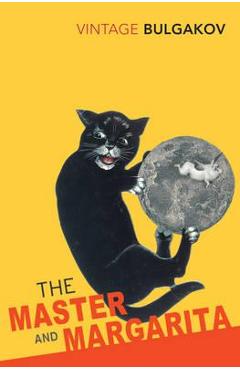The Master and Margarita - Mikhail Bulgakov

Detalii The Master and Margarita -
libris.ro
186 Lei
206.67 Lei
Fiction
Mikhail Bulgakov
The Master and Margarita - - Disponibil la libris.ro
Pe YEO găsești The Master and Margarita - de la Mikhail Bulgakov, în categoria Fiction.
Indiferent de nevoile tale, The Master and Margarita - Mikhail Bulgakov din categoria Fiction îți poate aduce un echilibru perfect între calitate și preț, cu avantaje practice și moderne.
Preț: 186 Lei
Caracteristicile produsului The Master and Margarita -
Comandă The Master and Margarita - Online, Simplu și Rapid
Prin intermediul platformei YEO, poți comanda The Master and Margarita - de la libris.ro rapid și în siguranță. Bucură-te de o experiență de cumpărături online optimizată și descoperă cele mai bune oferte actualizate constant.
Descriere magazin:
This edition (Classic Wisdom Reprint) is non-censored, based on a samizdat version and translated in Russia by an unknown translator. Widely held as one of the best novels of the 20th century the book depicts a story in a story, a manuscript of a Biblical story that the Master cannot publish and locked up in the asylum for. The story concerns a visit by the devil to the officially atheistic Soviet Union. The Master and Margarita combine supernatural elements with satirical dark comedy and Christian philosophy, defying a singular genre. Literary critic, assistant professor at the Russian State Institute of Performing Arts Nadezhda Dozhdikova notes that the image of Jesus as a harmless madman presented in ″Master and Margarita″ has its source in the literature of the USSR of the 1920s, which, following the tradition of the demythologization of Jesus in the works Strauss, Renan, Nietzsche, and Binet-Sanglé, put forward two main themes - mental illness and deception. The mythological option, namely the denial of the existence of Jesus, only prevailed in the Soviet propaganda at the turn of the 1920s and 1930s.

Produse asemănătoare

Can\'t Hurt Me. Master Your Mind and Defy the Odds - Clean Edition
![]() librarie.net
librarie.net
Actualizat in 17/05/2025
150 Lei

Carte: The Improving Annotator : From Beginner to Master - Revised and Expanded Edition - Dan Heisman
![]() magazinuldesah.ro
magazinuldesah.ro
Actualizat in 17/05/2025
79 Lei

He Man And The Masters Of The Universe Power Attack 14cm
![]() jocurinoi.ro
jocurinoi.ro
Actualizat in 17/05/2025
55.17 Lei

He Man And The Masters Of The Universe Power Attack Ram Maam 14cm
![]() jocurinoi.ro
jocurinoi.ro
Actualizat in 17/05/2025
34.11 Lei

Lego Sonic The Hedgehogtm Knuckles And The Master Emerald Shrine (76998)
![]() jocurinoi.ro
jocurinoi.ro
Actualizat in 17/05/2025
190.58 Lei






